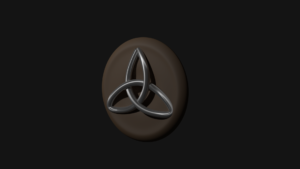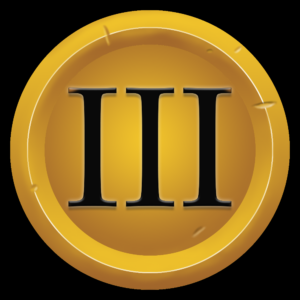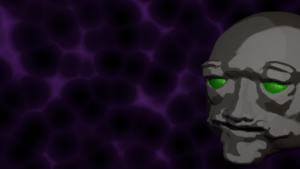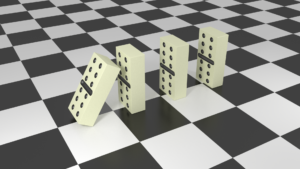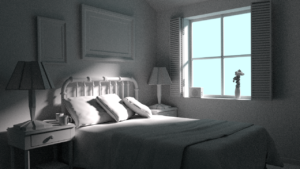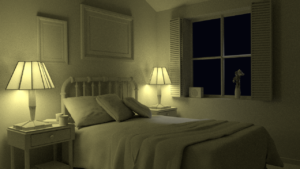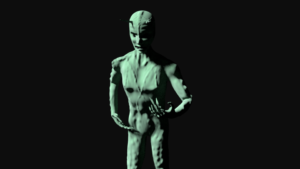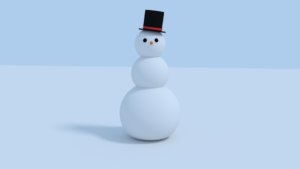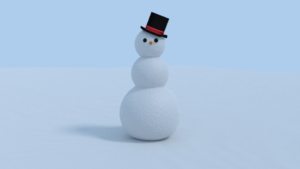The video for today took way too long to record, mostly due to issues with the new potential camera setup. The thing is, up until this point I’ve been using the camera on my smartphone to record the videos, as it would record 1080p and was handy. I’d love to get my hands on a real camera, but it’s just a much bigger expense than I can justify at this stage.
Overall the phone method is more or less fine. The problem comes in with the combination of using the phone as my video source, and Blender as my video editor. See, Blender has, at least what I consider to be, a really intuitive video sequence editor built in, and since I’ve been working in Blender anyway it just made more sense to use that than anything else, especially since the “really good” video editors are also really expensive. Generally speaking it’s pretty feature rich as well, and automatically ties in if you want to add 3d objects to your video stream. It’s kind of a no-brainer, really. The one area it seems to really have trouble with, though, is mixing source videos with different frame rates. None of the proposed solutions I’ve tried has actually worked for me so far.
Why is that an issue when using the phone, you ask? Well, it’s because the camera on the phone seems is much more worried about taking decent quality video than it is about keeping a consistent frame rate. Even with camera apps that do allow you to request a specific frame rate I have not been able to reliably record a video and know what the rate is going to be beforehand. For the vlog videos this isn’t really a problem, it doesn’t matter what the framerate actually is, since everything that’s being added to them is being combined in post. Where this becomes a problem is any time I want to be able to combine more than one video clip. Say, including a secondary video I made along with my commentary video, or more likely, including an animated introduction or transition scenes as I plan to do with my game tutorial series.
So what’s a guy on a budget to do? Well, I took a gamble and decided to try going with a webcam. Way cheaper than a professional camera, and iffy on whether or not it will be decent enough quality, but it does have its advantages. I can record directly on the computer, so I don’t have to worry about the battery dying, or trying to connect with it over my unreliable wifi, and I don’t have to wait for the file transfer before editing, if I actually have time after recording to edit right away. I’m at least trying to use OBS, which is the software I’m looking at for game and screen recording, so it should be a consistent recording environment. And I’m already set up if I ever decide to get into streaming or doing software tutorials. But the main goal is to be able to get reliably consistent frame rates off of the videos.
Wow, this entire entry ended up just being about the last little bit of the day. Long story short, I had a heck of a time trying to set up the software with the new camera and getting it to record with any kind of quality or the slightest amount of audio sync. I think I finally got it, but I’d like to see if I can get the video quality improved any for the next time.
Aside from video fun, a lot of the work today revolved around actually rendering the previous video. I’m not going to dive into that too much, but the short version is that I wanted to use an animation, and it was going to take a full 78 hours to render, so I had to scrap that idea, render out a much shorter looping version over the course of 30 minutes instead, and then use that as a video feed for the full thing. A full five days later, Day 35 is finally ready for viewing.
As for today’s actual work, I spent some time learning about retopology, which means I’ve got nothing to really show off. I did start working on a new sculpt, but it’s nowhere near finished.
Also, I *may* have skipped ahead a little bit and played around with a bit of composing.



